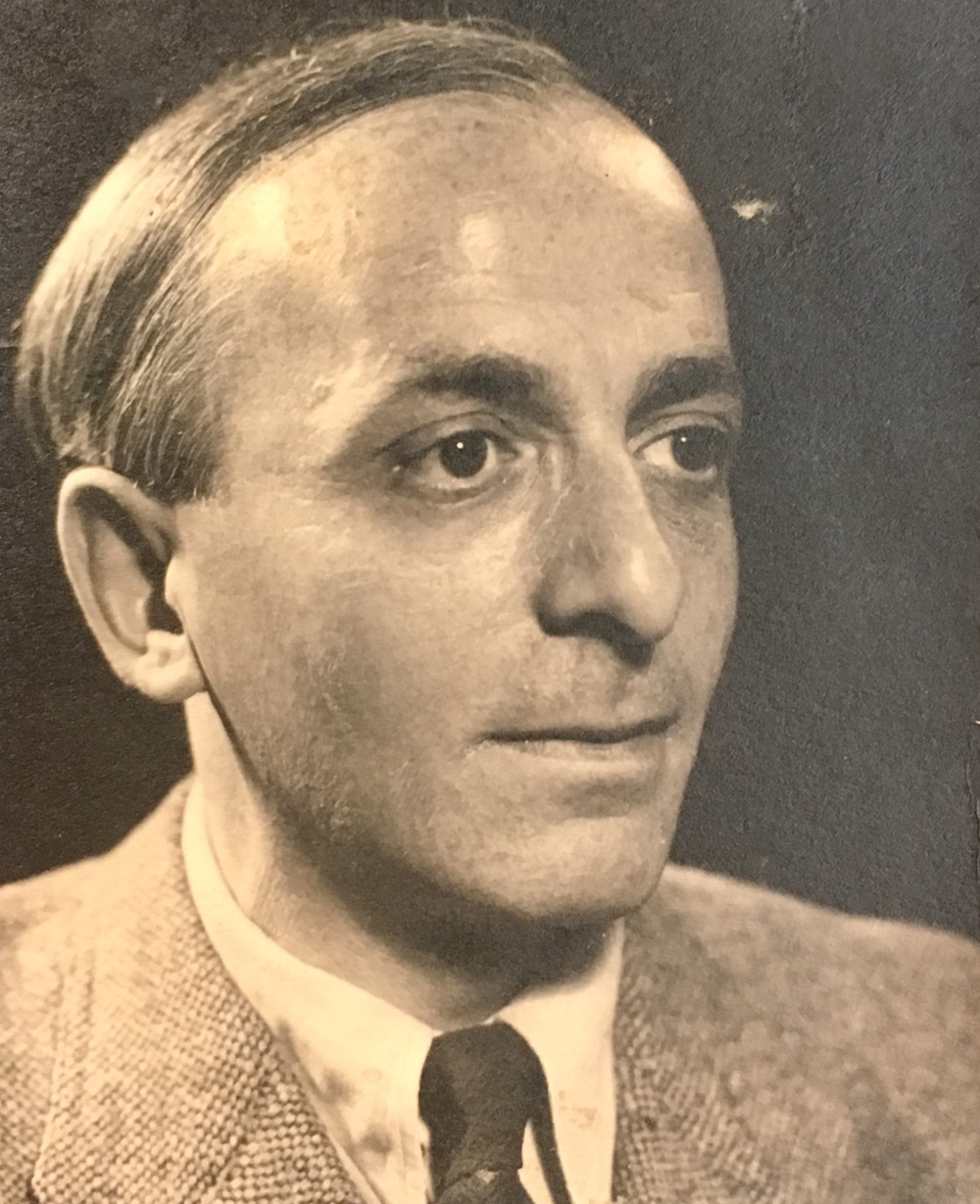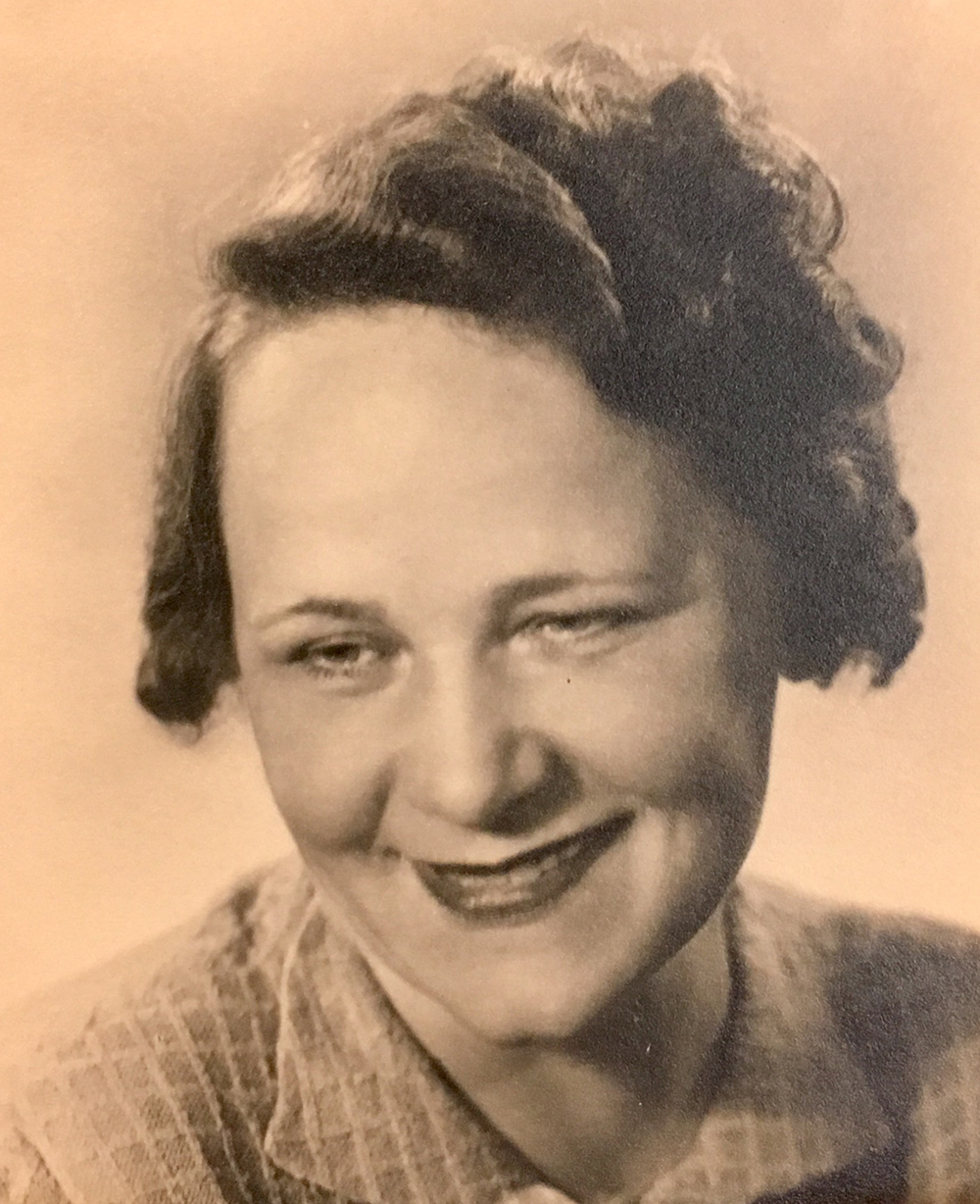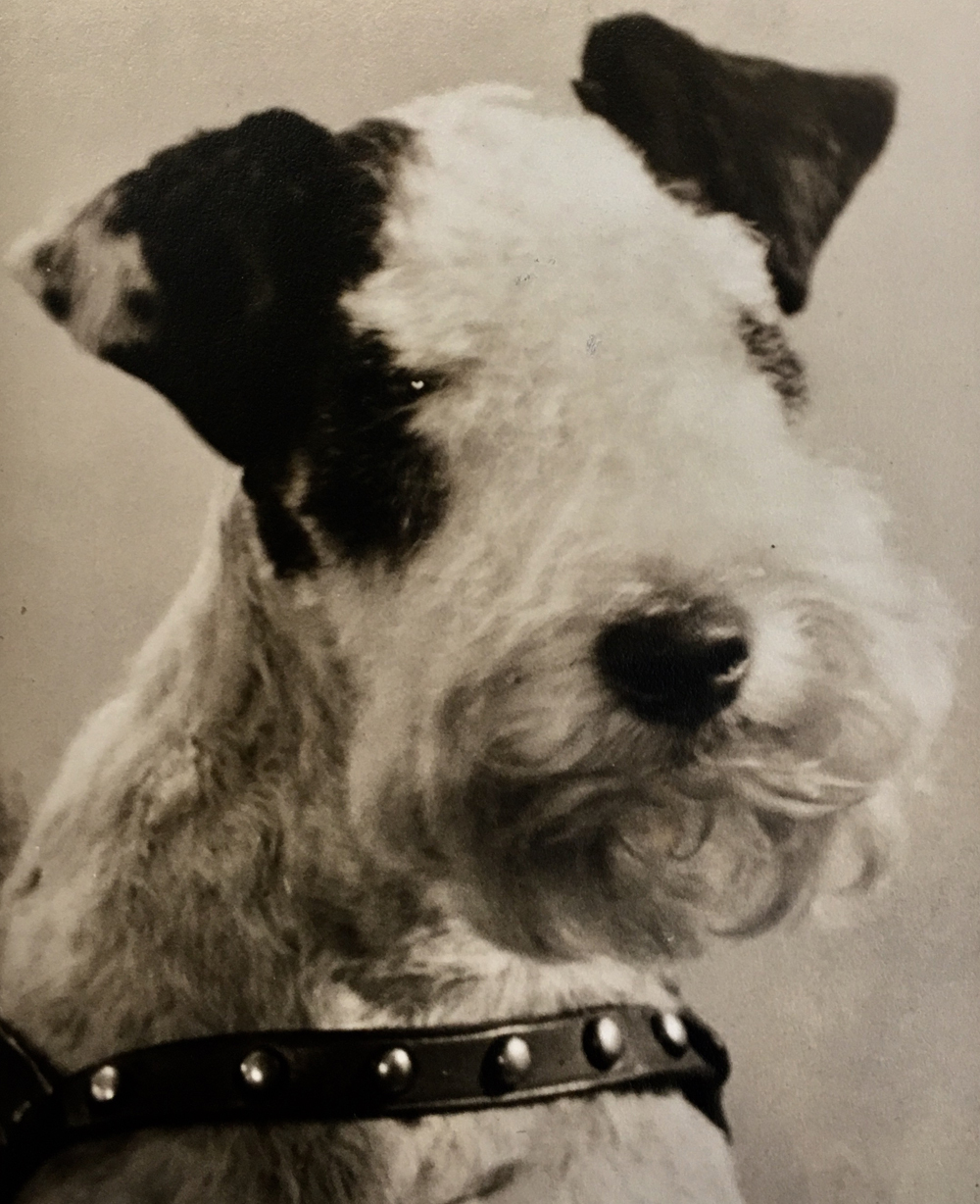About Egon Adler
Biography
Egon Adler was a prolific and acclaimed Czechoslovakian -Jewish artist born on March 9, 1892 in Karlsbad, Czechoslovakia. He was one of 3 brothers and 1 sister. He studied art in Berlin, Munich, and Weimar, working in Karlovy Vary and Prague. Over his lifetime, he was a graphic artist and fine art painter. He worked at 20th Century Fox in Prague in the 1930’s and founded his own advertising company in Berlin. He was inspired by and closely associated with the Munich Expressionists Franz Marc, August Macke and Alexej von Jawlensky and in contact with Oskar Kokoschka. In the 1950’s, Adler participated in the development of abstract expressionism in New York and was considered by some, it’s most prominent proponent. The Goethe House in New York City showed a posthumous exhibition of his works from January 7 to February 15, 1964.
Beginning in 1908, the then high school student Franz Werfel gathered with friends in intimate circles and following his first book of poems and ultimate success with his writings, expanded his group to include well-known writers Willy Haas, Ernst Polak, Paul Kornfeld, Max Brod, Anton Kuh, Else Lasker-Schuler, Kurt Tucholsky, Ernst White and periodically Franz Kafka. In addition to these writers there were also “famous personalities such as the painter Egon Adler (Egon Eagle) and the artist Alfred Kubin and the psychoanalyst Otto Gross who could be found there”. These comprised what was known as the “German Intelligentsia” in Prague. (www.kafkaesk.de)
Adler developed a friendship with the poet Else-Lasker Schuler who described him in this striking portrait:
“…He is so very own, his own, and his heart is in a frame. But in his heart is buried his young deceased brother, and intimate form creates the painter’s hand when the angel resurrects his memory. Between the colors he suddenly lies – star between cinnabar and marin on the palette for the big brush. All images Egon Adlers are games, are sweet, have big eyes, are all God’s father’s hand and call…”
-Else Lasker-Schuler in her essay “Pan” (no. 17 of January 24, 1913, p. 412FF.)
In 1931, Adler along with his wife Berthe and daughter Claudy, moved back to Berlin where he directed his own advertising agency. By 1932, Nazi uniforms began appearing on the streets of Berlin. Once Hitler was elected, people started to disappear. Adler decided it was time to leave Berlin and return to Prague which was what the family did, although not without danger. He started all over again. Several years later, he took a position with 20th Century Fox as Advertising Director for Czechoslovakia. This is where he met Charles Sternberg. Sternberg went on to head the International Rescue Committee, the largest private American organization helping international refugees.
In 1938, the family emigrated to Paris where he designed posters and created publicity for 20th Century Fox. Once the Germans entered Paris, Adler arranged for his daughter to emigrate to the United States and he, his wife Berthe and their dog Czibi left Paris for Marseilles where he connected with Varian Fry to begin their escape from the Nazis. They would never have left without their dog. Once in Marseilles, he contacted Sternberg and advised him to leave Paris and come to Marseilles and connect with Varian Fry as well which he subsequently did. While in Marseilles, he aided Fry by forging passports for escapees.
Adler, his wife and dog were of the first to escape Marseilles going over the Pyrenees Mountains by foot into Spain and eventually Portugal. They stayed until they were able to book passage to the United States on separate liners (SS Siboney and NEA Hellas) in October and November of 1940. They settled in New York City. The information referencing Varian Fry can be corroborated by passages in the book “A Hero of Our Own” by Sheila Isenberg and an e-mail from the late Walter Meyerhof, Professor Emeritus of Physics at Stanford University and a Fry rescuee.
The Adler family and Czibi were of a fortunate 2000+ people who were rescued by Varian Fry. Among those others saved by Fry included Hannah Arendt, Marc Chagall, Max Ernst, Golo Mann, Heinrich Mann, Walter Mehring and Franz Werfel to name a few.
In recognition of his heroic efforts, Varian Fry was posthumously honored by the United States Holocaust Memorial Council and by Yad VaShem, the Holocaust Heroes and Martyrs Remembrance Authority, Jerusalem as the first American “Righteous Among the Nations”.
Once the Adlers and Czibi settled in New York City, he worked as a graphic designer and illustrator. For a while, he had a retail store – “Living Today” located on Lexington Avenue in New York City. In his free time, he continued to paint. In the last years of his life, he traveled to France and Italy to paint. He died on February 22, 1963. His sole art exhibition in the United States was at the Goethe House in New York City the following year.
This website has been created by family to preserve and honor the legacy of Egon Adler.
Exhibits and Gallery Presence
1911 – Verien der deutschen bildenden Kunstler in Bohemia at age 19
1913 – First German Autumn Salon in Berlin. Ninth exhibition of the gallery “Der Sturm”, alongside Arthur Segal, Paul Gauguin and others
1920 – Retrospective exhibition at the Rudolfinum in Prague
1921 – exhibited in the third Tvrdosijne exhibition in Stuttgart
1925 – created 2 large paintings for the Working Peoples House in Sokolov, Czechoslovakia built by Rudolf Wels (a pupil of Adolf Loos)
1934 – exhibited with Prague Secession
1964 – solo posthumous exhibition at the Goethe House in New York City
Hollar Gallery – Prague, “Old Prague”, a collection of colored graphics
National Gallery of Prague – One painting (was in permanent display) and ten lithographs
Jewish Museum of Prague – lithographs and painting
Ostdeutsche Gallerie in Regensburg, Germany – one portrait
Literary Publications
“The Discovery of the Karlovy Vary” – 1922
This work was a parody to the Karlsbad society, to which he presented the mirror. He himself notes in the preface –
”Originally, the discovered Karlsbad represented a stately volume of philosophical treatises which would surely be apt to secure a future mayor’s post to the author. The publication of the extensive work must, however, be disregarded, since one should be careful to meet his habitation, which is markedly inclining to sleeping sickness. And so it happened that the physical extent of this book was reduced to the spiritual one of the inhabitants, which helped both parties: I do not have to become mayor, and the reader is spared the trouble of flipping over a thousand uncomfortable sentences to finally look at those pictures Which are taken from my unique collection. EA.”
A collection of 32 illustrations – (as shown in the Graphic Art category)
Aus dem alten Prag (From Old Prague) – 1919
“Adler was one of the most prominent representatives of the post-war expressionism in Bohemia. His graphic album of Prague’s motifs, next to Hugo Steiner’s works, belongs to the most impressive works depicting the Prague atmosphere of the early 20th century, the city as a desolate ghetto, in which the Czech, Jewish and German Prazane nationalities are separated from the invisible wall.”
Crown Illustrations for Else Lasker-Schuler’s anti-war novel book “Der Malik” in 1919
Money by Dyno Lowenstein – Pictures by Adolar Franklin Watts Inc. 1963


